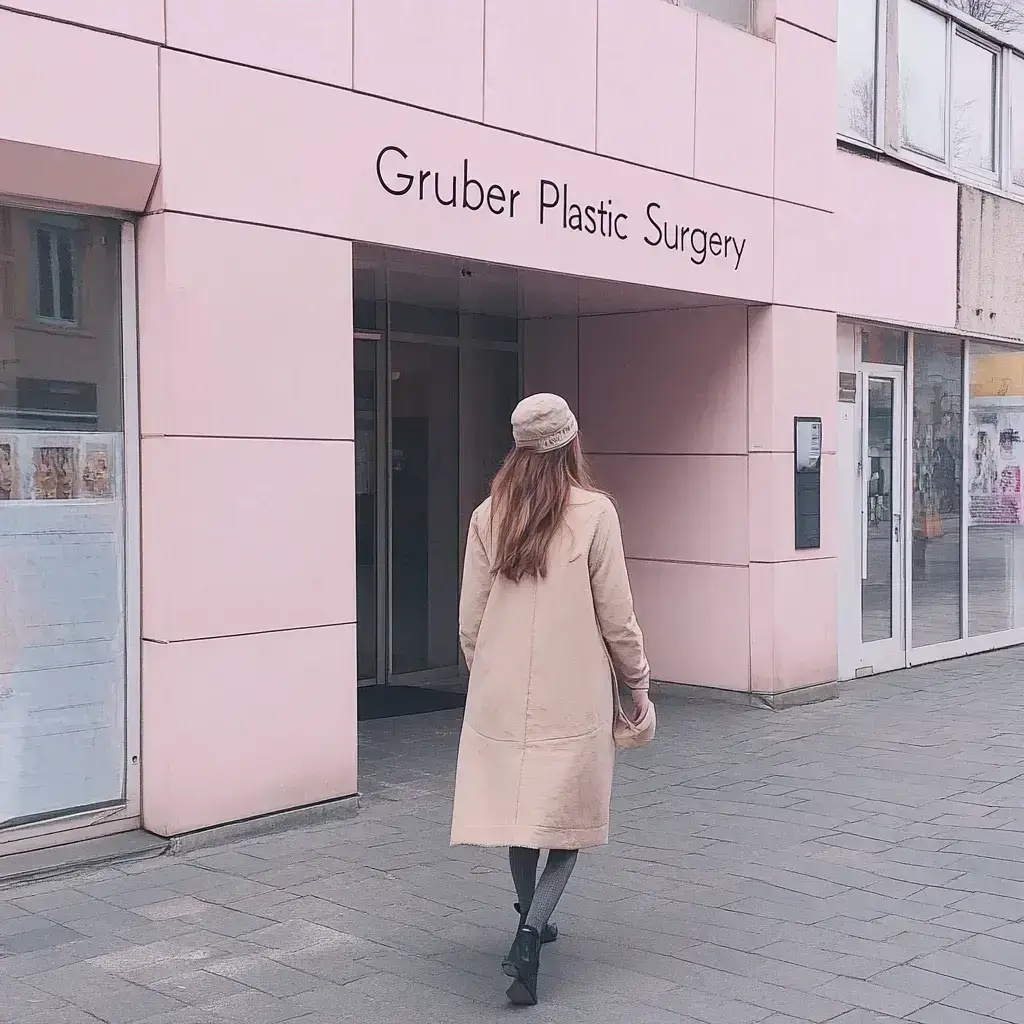In this article, we’ll explore the procedures that can be reversed, the risks associated with reversal surgeries, and what you need to know before undergoing a cosmetic procedure.
Last updated:
September 9, 2025
Understanding the Risks for a Botched Surgery
Is It Possible to Reverse Plastic Surgery?
Plastic surgery offers people the chance to change their appearance, enhance their features, or correct imperfections, but what happens if the results aren’t what you expected? The question many people ask is: Can plastic surgery be reversed?
While some plastic surgery procedures can be modified or revised, full reversal is not always possible. In this article, we’ll explore the procedures that can be reversed, the risks associated with reversal surgeries, and what you need to know before undergoing a cosmetic procedure.
Can Plastic Surgery Be Reversed?
In some cases, plastic surgery can be reversed or revised, but the degree of reversal depends on the procedure and how the body has healed. Reversing plastic surgery involves correcting or altering previous surgical outcomes to achieve the desired look or restore functionality. However, reversing a procedure comes with limitations, and it may not always result in a complete return to your pre-surgery appearance.
It’s essential to consult with a board-certified plastic surgeon if you are considering reversing a procedure, as the risks and outcomes can vary greatly.
Procedures That Can Be Reversed
Certain plastic surgery procedures can be partially reversed or revised to correct undesired outcomes or complications. Here are some of the most common plastic surgeries that can be altered:
1. Breast Augmentation
Breast augmentation is one of the most commonly reversed plastic surgeries. Women who have undergone breast augmentation may choose to reverse the procedure due to changes in aesthetic preference, medical reasons, or complications such as implant rupture or capsular contracture (scar tissue hardening around the implant).
How It Can Be Reversed:
- Implant Removal: Breast implants can be removed entirely, either due to dissatisfaction or complications. In many cases, implant removal will require a breast lift (mastopexy) to restore the natural shape of the breasts after removal.
- Implant Exchange: Some women choose to swap their implants for a different size or type, rather than fully removing them.
Risks: Breast implant removal or revision may lead to scarring, changes in breast shape, or the need for additional procedures to correct any sagging or loose skin.
2. Rhinoplasty (Nose Job)
Rhinoplasty is a procedure that can be difficult to reverse but may be revised if the initial results were unsatisfactory. In some cases, patients may seek a revision rhinoplasty to correct breathing issues or improve cosmetic appearance after the initial surgery.
How It Can Be Reversed:
- Revision Rhinoplasty: This is a secondary surgery performed to address problems from the first rhinoplasty, such as asymmetry, structural issues, or aesthetic dissatisfaction. The revision procedure is more complex due to scar tissue and previous alterations.
Risks: Revision rhinoplasty carries higher risks of complications, including scarring, loss of cartilage, or further dissatisfaction with the results.
3. Liposuction
Liposuction removes excess fat from specific areas of the body, but if too much fat is removed or if the contouring is uneven, patients may seek revision surgery to correct the issue.
How It Can Be Reversed:
- Fat Transfer: In cases where too much fat was removed, fat grafting or fat transfer can restore volume to the affected area. However, completely reversing liposuction is not possible, as the removed fat cells are permanently gone.
- Revision Liposuction: Additional liposuction can be performed to further sculpt and even out the results.
Risks: Revision liposuction can lead to further contour irregularities, scarring, and prolonged recovery time.
4. Facelift
While a facelift tightens sagging skin and smooths out wrinkles, some patients may feel that their results look too tight or unnatural. Revision surgery can help achieve a more subtle, natural appearance, but reversing a facelift entirely is not possible.
How It Can Be Reversed:
- Facelift Revision: This involves adjusting the tension of the skin or repositioning tissues to improve the overall outcome.
Risks: Revision facelifts can increase the risk of scarring, nerve damage, and infection. Additionally, achieving full reversal is difficult because the skin has already been stretched and repositioned.
5. Botox and Fillers
Unlike surgical procedures, Botox and dermal fillers are temporary and can often be reversed or adjusted with minimal risk.
How It Can Be Reversed:
- Botox: The effects of Botox naturally wear off after 3-6 months, so reversal isn’t usually necessary. If complications arise, such as drooping or asymmetry, they typically resolve as the Botox wears off.
- Fillers: Some dermal fillers, particularly those made of hyaluronic acid, can be dissolved with an enzyme called hyaluronidase if the patient is unhappy with the results or experiences complications.
Risks: Reversing fillers with hyaluronidase carries minimal risk, but excessive use can lead to skin thinning or additional asymmetry.
Risks of Reversing Plastic Surgery
While some plastic surgeries can be reversed or revised, it's important to understand that these secondary procedures carry additional risks. Each surgery introduces new challenges, including:
1. Scar Tissue
Each time a surgery is performed, more scar tissue forms. This can make future revisions more difficult and increase the risk of visible scarring.
2. Higher Risk of Complications
Revision surgeries are often more complex than the initial procedure, which increases the risk of infection, poor wound healing, or nerve damage.
3. Limited Reversal
In many cases, complete reversal of plastic surgery is impossible. While some results can be modified or improved, it’s essential to have realistic expectations. Your surgeon may be able to reduce or alter the appearance of previous work, but achieving your original, pre-surgery appearance may not be possible.
4. Emotional and Psychological Impact
Patients who seek to reverse or revise plastic surgery often experience emotional distress due to dissatisfaction with the initial results. It’s crucial to discuss your concerns with your surgeon, set realistic expectations, and consider the psychological impact of further surgery before proceeding.
What to Consider Before Undergoing Plastic Surgery
If you're considering plastic surgery, it’s essential to research your options thoroughly and choose a board-certified plastic surgeon with extensive experience in the procedure you’re interested in. This minimizes the likelihood of dissatisfaction or the need for future revisions.
Here are some tips to help you make an informed decision:
- Choose an Experienced Surgeon: Look for a surgeon who specializes in your desired procedure and has a history of delivering natural, aesthetically pleasing results.
- Have Realistic Expectations: Understand that plastic surgery is not a one-size-fits-all solution. Results can vary based on your unique anatomy, and complete perfection may not be possible.
- Discuss Potential Risks: Every surgery carries risks, so it’s essential to discuss these with your surgeon during your consultation. Ask about the possibility of revision surgery and how likely you are to need it.
Can Plastic Surgery Be Reversed?
While some plastic surgeries can be revised or adjusted, full reversal is not always possible. The success of a reversal or revision depends on the type of procedure, the quality of the initial surgery, and the patient’s healing process.
If you’re considering plastic surgery—or if you’re unhappy with the results of a previous surgery—it’s crucial to work with an experienced, board-certified plastic surgeon like Dr. Meegan Gruber, who can guide you through your options and help you achieve the best possible results.


%402x%20(2).svg)





